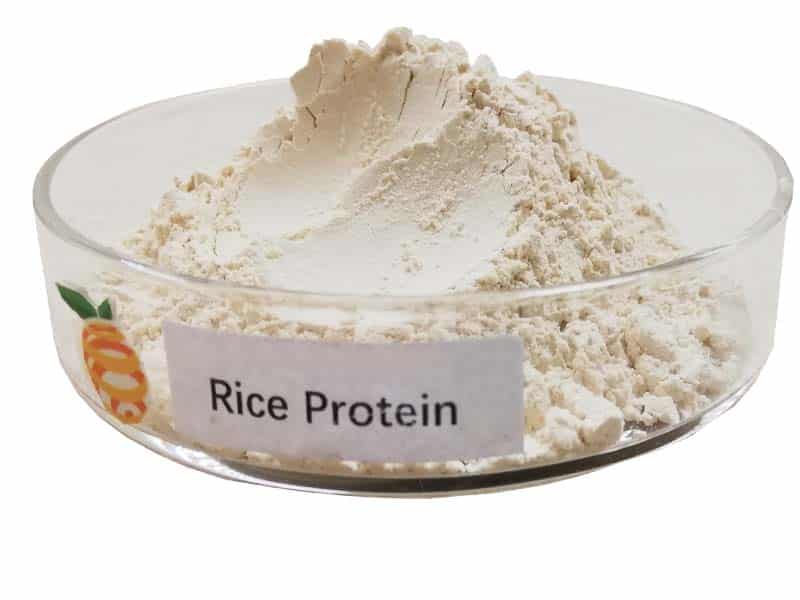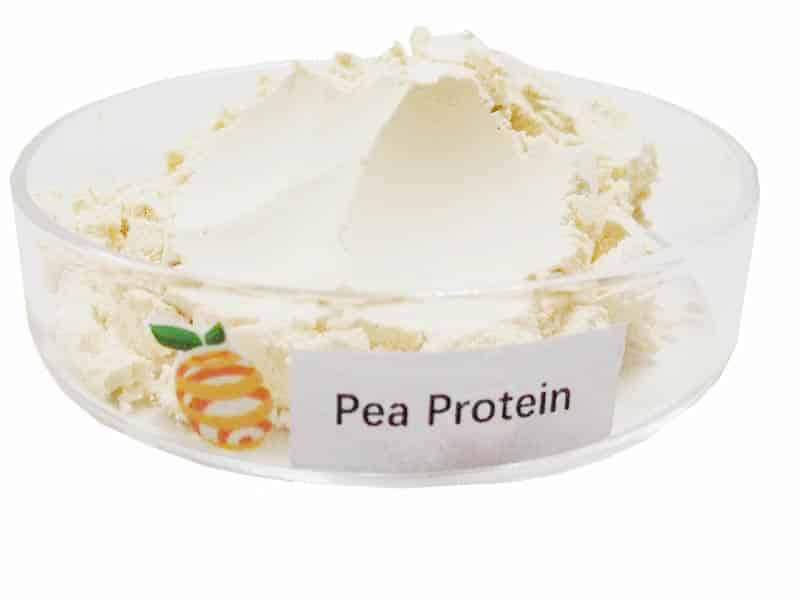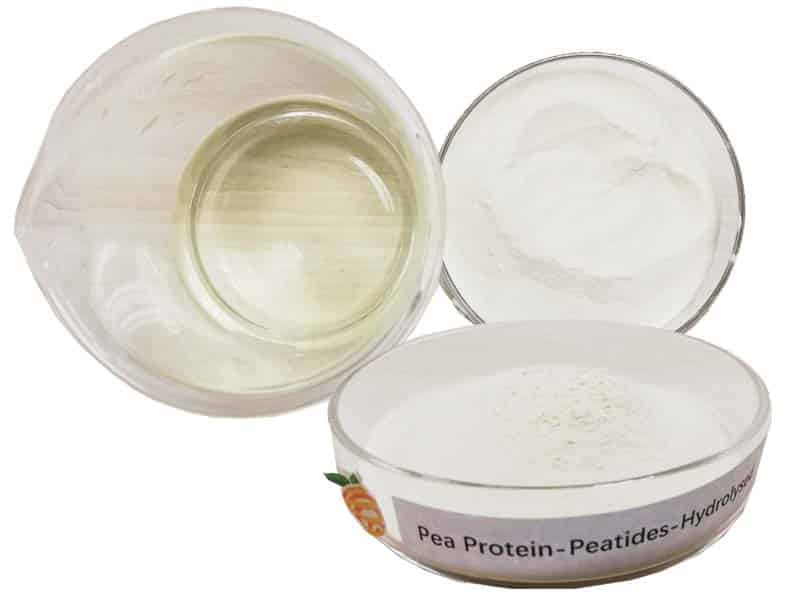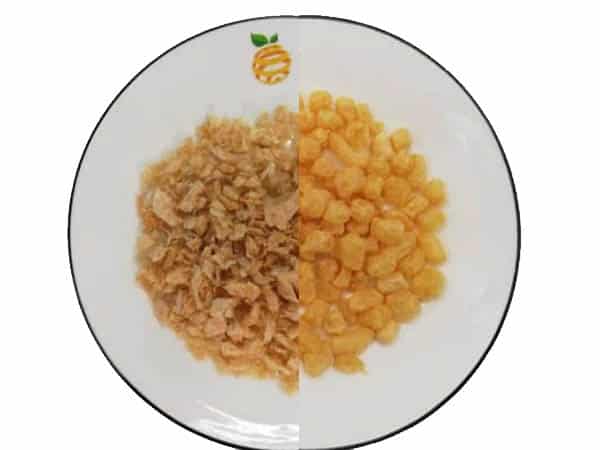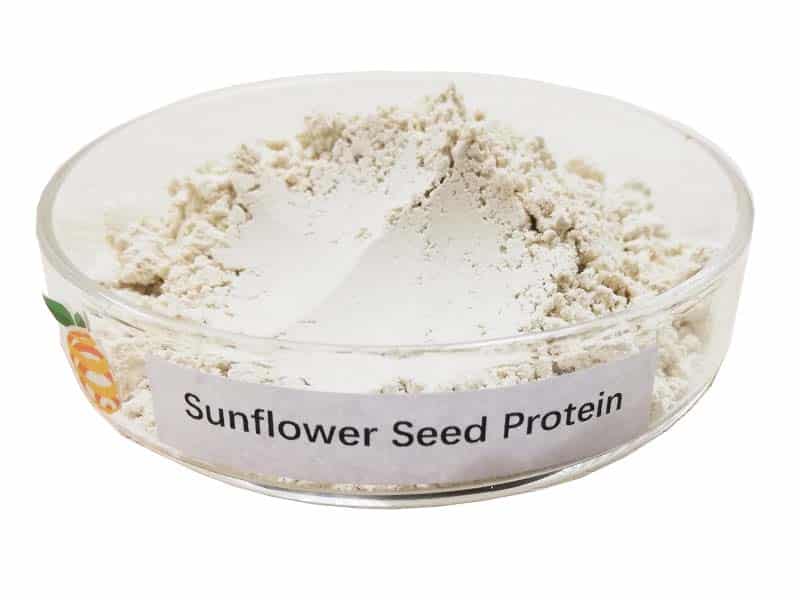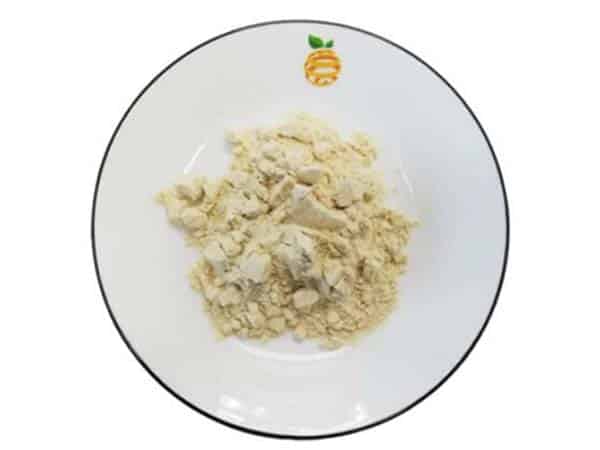What Is The Difference Between Soy And Soy Protein?
-
Table of Contents
- Soy vs. Soy Protein: Understanding the Differences
- What is Soy?
- What is Soy Protein?
- Processing: From Bean to Protein
- Nutritional Comparison
- Health Benefits and Concerns
- Applications in Food and Industry
- Environmental Impact
- Conclusion: Key Takeaways
- Discover ETprotein’s High-Quality Soy Protein Products
Soy vs. Soy Protein: Understanding the Differences
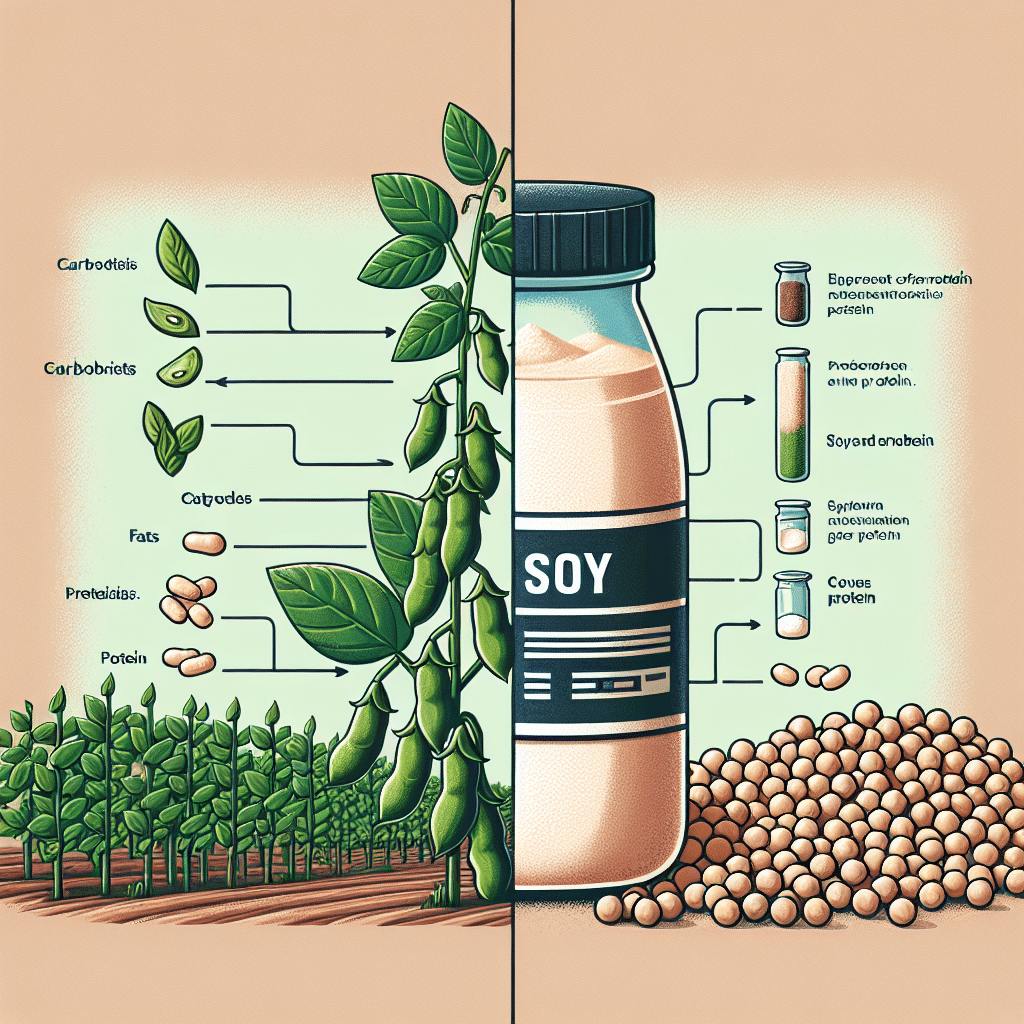
When it comes to plant-based nutrition, soy is a staple that has been consumed for centuries. However, with the rise of health consciousness and dietary preferences, soy protein has emerged as a popular ingredient in various food products. While both soy and soy protein originate from the same source, they are distinct in their composition, processing, and nutritional profiles. This article delves into the differences between soy and soy protein, providing insights into their unique characteristics and benefits.
What is Soy?
Soy, also known as soya, is derived from the soybean plant (Glycine max), which is native to East Asia. It is a versatile legume used in a myriad of food products, including tofu, tempeh, soy milk, and soy sauce. Soybeans can be consumed whole, as in edamame, or processed into various forms. They are a rich source of protein, dietary fiber, vitamins, and minerals, making them a valuable component of a balanced diet.
What is Soy Protein?
Soy protein, on the other hand, is a concentrated form of protein extracted from soybeans. It is commonly found in protein powders, meat substitutes, and fortified foods. Soy protein is available in several forms, including soy protein isolate, soy protein concentrate, and textured soy protein. Each form undergoes different levels of processing and has varying protein content and applications.
Processing: From Bean to Protein
The journey from soybean to soy protein involves several steps. Here’s how soy protein is typically produced:
- Dehulling: The outer hulls of soybeans are removed.
- Crushing: Soybeans are crushed to separate the oil from the protein-rich meal.
- Defatting: The meal is further processed to reduce its fat content.
- Isolation or Concentration: The protein is then isolated or concentrated through various processes, resulting in different types of soy protein products.
This processing not only increases the protein content but also removes other components of the soybean, such as carbohydrates and fats.
Nutritional Comparison
When comparing the nutritional profiles of whole soybeans to soy protein products, several differences become apparent:
- Protein Content: Soy protein products generally have a higher protein content than whole soybeans due to the removal of non-protein components.
- Fiber: Whole soybeans are rich in dietary fiber, while soy protein products contain little to no fiber.
- Fat: Soybeans contain natural fats, including essential fatty acids, whereas soy protein isolates are almost completely defatted.
- Vitamins and Minerals: Whole soybeans offer a broader range of vitamins and minerals compared to processed soy protein products.
Health Benefits and Concerns
Both soy and soy protein offer health benefits, but they also come with concerns that consumers should be aware of:
- Heart Health: Soy contains isoflavones, which have been linked to improved heart health. Soy protein has been shown to lower LDL cholesterol levels.
- Protein Quality: Soy protein is a complete protein, containing all essential amino acids needed by the body.
- Menopausal Symptoms: The isoflavones in soy may help alleviate menopausal symptoms in some women.
- Allergies: Soy is a common allergen, and both soy and soy protein can trigger allergic reactions in sensitive individuals.
- Genetic Modification: Many soy products come from genetically modified crops, which is a concern for some consumers.
Applications in Food and Industry
Soy and soy protein are used differently in the food industry:
- Soy: Whole soybeans and their derivatives are used in traditional dishes, dairy alternatives, and fermented products.
- Soy Protein: Soy protein is often used in sports nutrition, meat alternatives, and as a functional ingredient to improve texture and nutritional content.
Environmental Impact
The production of soy and soy protein has environmental implications. Soy farming can lead to deforestation and habitat loss, particularly in South America. However, soy protein production can be more resource-efficient than animal protein production, with a lower carbon footprint and less water usage.
Conclusion: Key Takeaways
In summary, while soy and soy protein come from the same plant, they differ significantly in processing, nutritional content, and applications. Whole soybeans offer a complete nutritional profile with fiber, fats, and micronutrients, while soy protein provides a concentrated source of protein with varying degrees of processing. Both have their place in a balanced diet, but consumers should consider their dietary needs, potential allergies, and environmental impact when choosing between them.
Discover ETprotein’s High-Quality Soy Protein Products
If you’re looking for premium soy protein products, ETprotein offers a range of options to suit your needs. Their soy protein is characterized by a neutral taste, non-GMO, and allergen-free attributes, making it an excellent choice for various industries. Whether you’re in the nutraceutical, pharmaceutical, or food and beverage sector, ETprotein can provide you with high-quality protein solutions.
About ETprotein:
ETprotein, a reputable protein and L-(+)-Ergothioneine (EGT) Chinese factory manufacturer and supplier, is renowned for producing, stocking, exporting, and delivering the highest quality organic bulk vegan proteins and L-(+)-Ergothioneine. They include Organic rice protein, clear rice protein, pea protein, clear pea protein, watermelon seed protein, pumpkin seed protein, sunflower seed protein, mung bean protein, peanut protein, and L-(+)-Ergothioneine EGT Pharmaceutical grade, L-(+)-Ergothioneine EGT food grade, L-(+)-Ergothioneine EGT cosmetic grade, L-(+)-Ergothioneine EGT reference grade and L-(+)-Ergothioneine EGT standard. Their offerings, characterized by a neutral taste, non-GMO, allergen-free attributes, with L-(+)-Ergothioneine purity over 98%, 99%, cater to a diverse range of industries. They serve nutraceutical, pharmaceutical, cosmeceutical, veterinary, as well as food and beverage finished product distributors, traders, and manufacturers across Europe, USA, Canada, Australia, Thailand, Japan, Korea, Brazil, and Chile, among others.
ETprotein specialization includes exporting and delivering tailor-made protein powder and finished nutritional supplements. Their extensive product range covers sectors like Food and Beverage, Sports Nutrition, Weight Management, Dietary Supplements, Health and Wellness Products, and Infant Formula, ensuring comprehensive solutions to meet all your protein needs.
As a trusted company by leading global food and beverage brands and Fortune 500 companies, ETprotein reinforces China’s reputation in the global arena. For more information or to sample their products, please contact them and email sales(at)ETprotein.com today.





